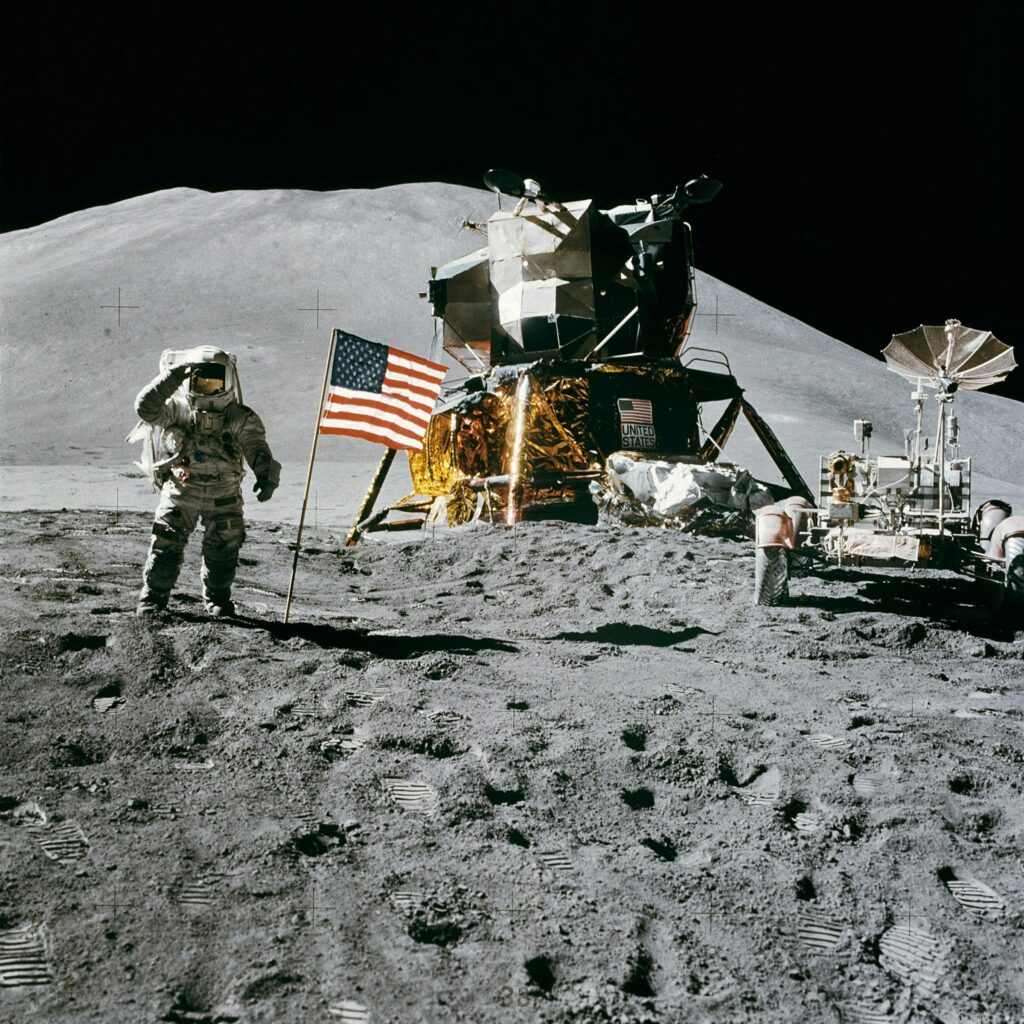
India’s Chandrayaan-3 mission has struck scientific gold or in this case, sulfur. The rover has confirmed traces of the element near the Moon’s south pole, a discovery that could reshape humanity’s vision for living and working beyond Earth.
Sulfur might not sound glamorous, but it has the potential to play a key role in:
-
Energy production for future lunar bases.
-
Soil enrichment for growing food in extraterrestrial environments.
-
Industrial uses, from construction materials to fuel cells.
In short: it could make the Moon less of a barren wasteland and more of a stepping stone for human settlement.
🚀 A New Space Race?
While Indian scientists celebrate the breakthrough, eyes around the globe are fixed on the lunar surface. The U.S., China, Russia, and private companies like SpaceX are all staking their claims in what’s increasingly being called the “21st-century space rush.” Sulfur might just add fuel to that competitive fire.
🌍 More Than a Trophy
For India, the success of Chandrayaan-3 marks a point of national pride and global recognition. For the world, it’s a reminder that the Moon is no longer just a symbol of exploration it’s fast becoming a contested resource hub with real geopolitical stakes.
The next chapter in the Moon story won’t just be about planting flags. It will be about who builds, who powers, and ultimately, who stays.






